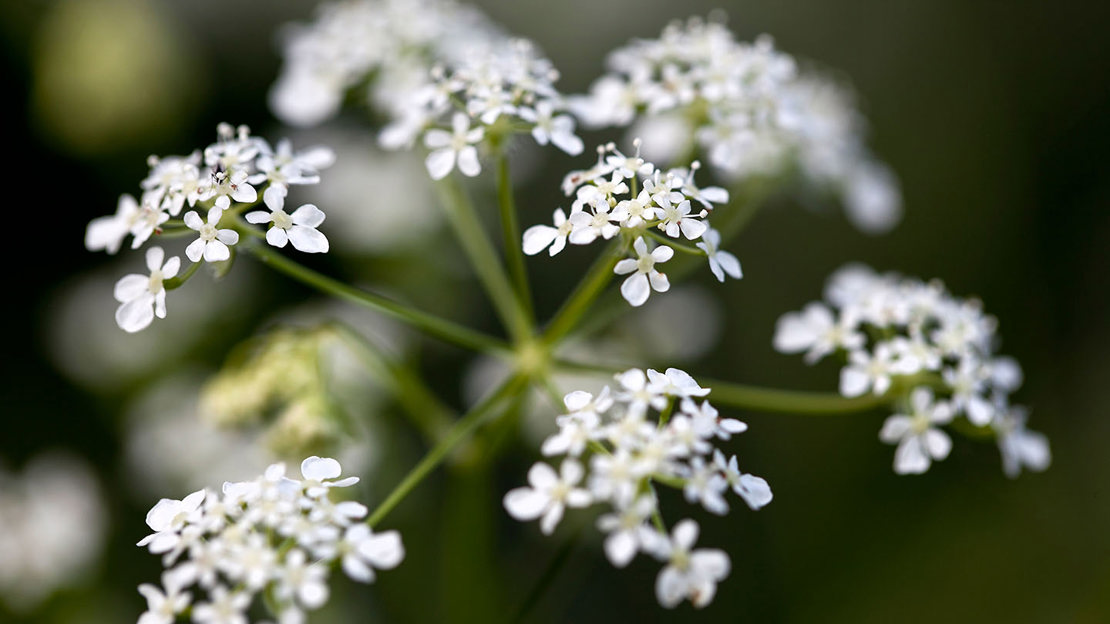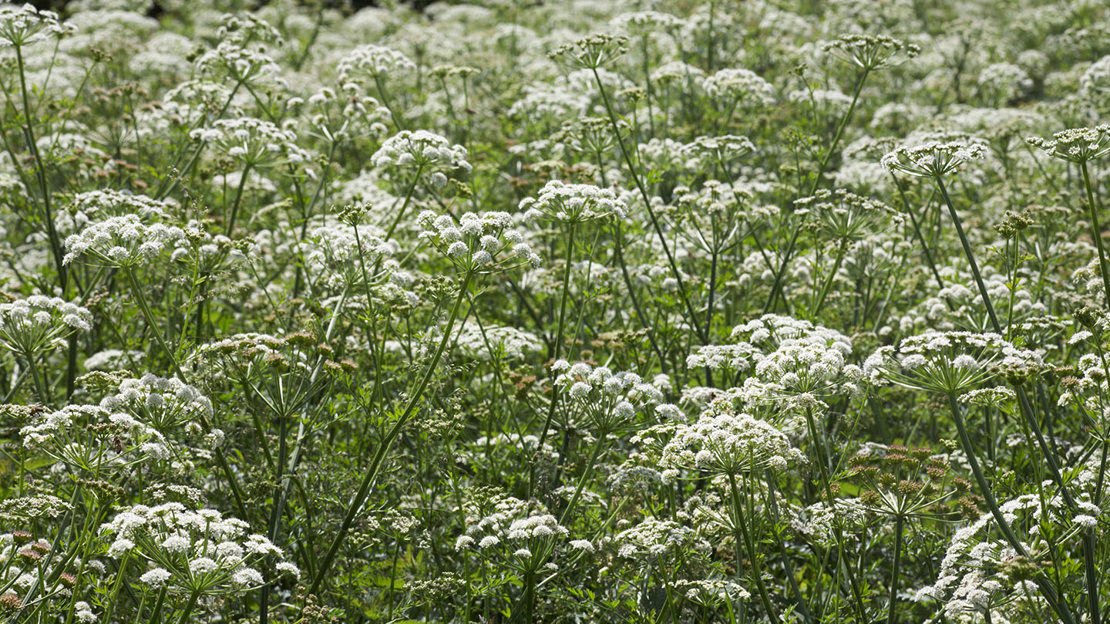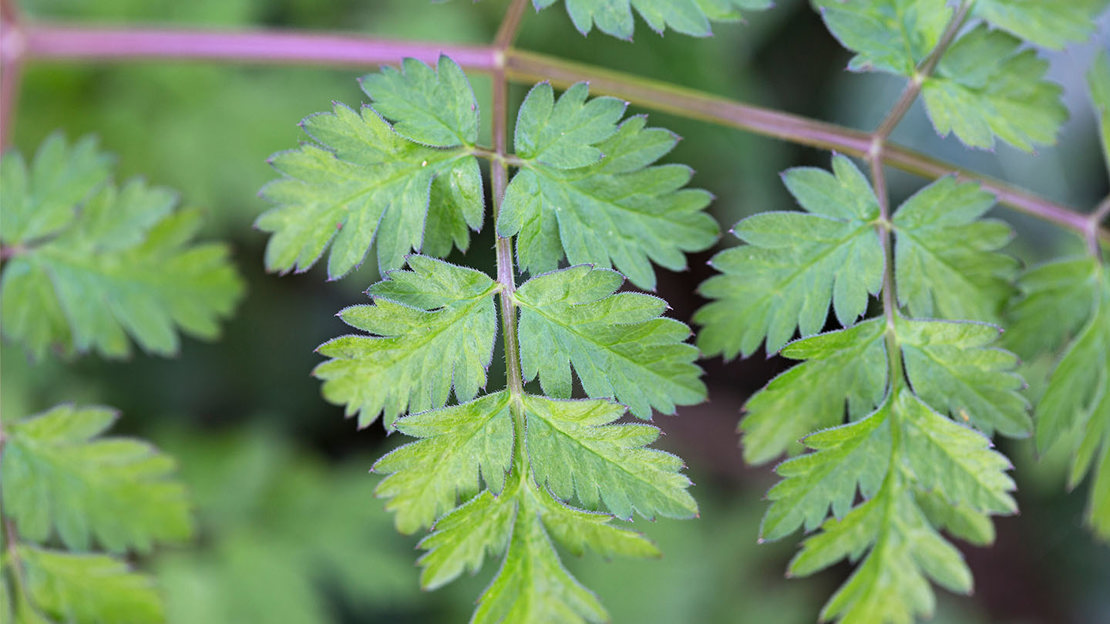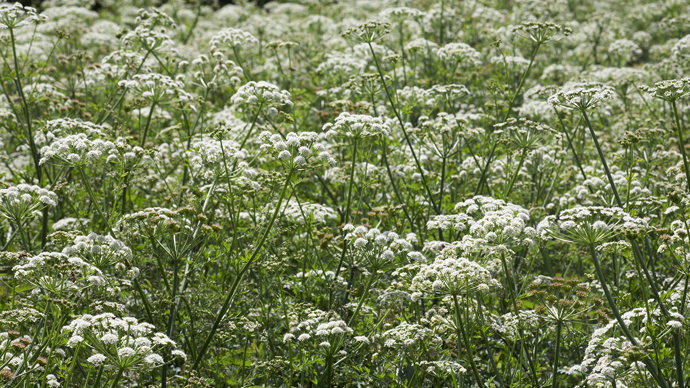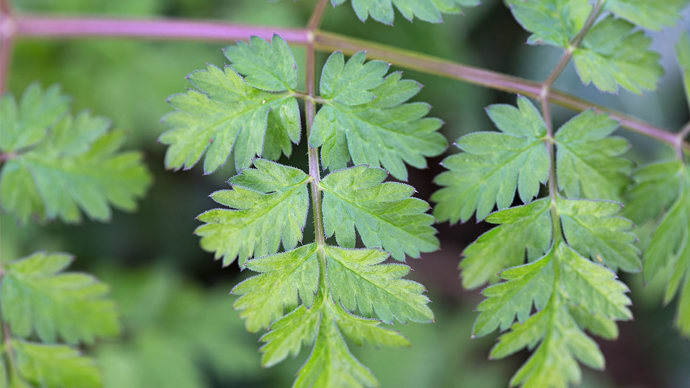Common names: cow parsley, Queen Anne's lace, mother die, fairy lace, lady’s lace, hedge parsley
Scientific name: Anthriscus sylvestris
Family: Umbellifers
Origin: native
Flowering season: April to June
Habitat: woodland, grassland, urban areas, gardens


